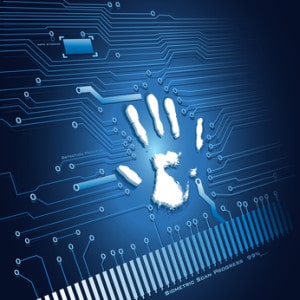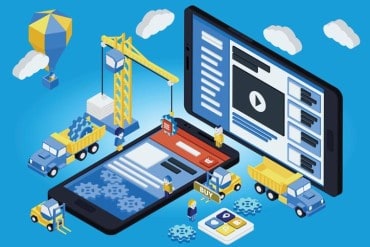
Anticipatory sensors are making it possible for companies to boast truly “smart” offices that encourage collaboration, productivity and privacy. Sensors allow for real-time design changes and even quicker-than-real-time service. Here, RTInsights contributor Martin Brooker describes how companies can establish data-driven workplaces by using real-time insights gleaned from anticipatory sensors.
The picture of a typical office has gone through significant transformation in recent years. Cubicles are now open floor plans, desks extend to homes and breakout spaces resemble coffee shops. Businesses are no longer demanding that employees tailor their habits to suit the available space. Instead, many workplaces are being designed to reflect employees’ unique needs—and they’re evolving with them as they change over time.
It sounds like an undertaking of epic proportions but building an employee-driven workspace doesn’t automatically require a lengthy survey of what makes a workforce happy on a day-to-day basis—an activity that can be very demanding of both human resources and time. It doesn’t even involve asking them what they want. That kind of activity sounds admittedly old-fashioned in today’s data-driven environment and it often delivers dubious insights.
Instead, a data-informed route to an office designed by employee behavior can be found through sensor technology, making it possible for many companies to boast a truly “smart” office that encourages collaboration, productivity and privacy. Sensors allow for real-time design changes and even quicker-than-real-time service. Here’s a breakdown of what is happening with sensors in today’s workplace and how they’re going to be shaping tomorrow’s.
Anticipatory Sensors Today
At the moment, sensors primarily locate employees and trigger what happens next in a space. A common use case that is familiar to most people is the connection of sensors to energy-generating equipment such as lights and HVAC, which trigger the technology to turn on only when a person is present.
Data-savvy companies are installing sensors under desks and tables to assess how employees use their space. They can uncover that, due to convenience, employees are actually collaborating much more often in the lunch room than in a distant meeting room and that the majority of the 10-person sales team is out on the road every day. Therefore, only five desks need to be allocated to salespeople. These sensor studies show companies where their current design is not conducive to optimum productivity and encourage intelligent redesign.
Anticipatory Sensors Tomorrow
We are not far from workplace sensors anticipating employee intentions. Soon, space will be completely dynamic, featuring flexible furniture that can change according to what the sensor technology picks up about the people in the area. For example, if a meeting suddenly turns into an interactive role-playing brainstorm, the table and chairs could move to make room for colleagues to stand.
(This may sound wildly futuristic, but recently, Google proposed expanding its headquarters with a magnificent building that would rearrange itself with the aid of portable crane-robots to add office and meeting space as needed. Although much of this plan was not approved by the city of Mountain View, the plans themselves speak to the workplace innovation ahead.)
The advent of smart watches opens up even more possibilities for sensors at work. A smart watch could replace ID badges, automatically registering employees as they enter the building or meeting room. One’s personal preferences can “live” on their smart watch so that the meeting room will know to adapt its temperature settings, for example, to the meeting attendees or organizer.
The smart watch can also issue alerts to prevent possible thefts when an employee walks away from their laptop or mobile device. There’s even talk of embedding a new infrared iris-scanning camera into smart watches, which would allow employees to use their iris as their password for confidential documents and programs.
Anticipatory Sensors in 10 Years
In the long view, sensor and other predictive technologies can help employers plan for better workforce vitality. Smart objects around the office can learn behaviors and adjust the surrounding environment to fit a person’s current mood. For example, a smart object might sense an employee intensely focusing on a computer screen and dim the lights around them, signaling to colleagues “do not interrupt, I am focused on a project.”
By understanding the intonations and gestures of attendees, sensors can also determine when a meeting is coming to a close and start blinking its lights to indicate to those outside of the room that it will be wrapping up soon.
To the benefit of companies as a whole, sensors can help employees keep better health habits by encouraging them to walk after sitting for a certain period of time, look away from the computer screen every once in a while to save eyesight, or even sense when an employee is slouching and trigger different indicators to encourage sitting up straight.
As technology dictates the blurring of personal and professional life, and population growth puts a strain on available space, smart offices equipped with anticipatory sensors are going to become the minimum requirement for entry. Companies that commit to building an intuitive workspace that reflects employees’ needs in real-time or faster-than-real-time will attract top talent. Those who do not will fall off the radar of the best thinkers in the hiring pool—and enjoy the same fate as the run-of-the-mill cubicle today.



























